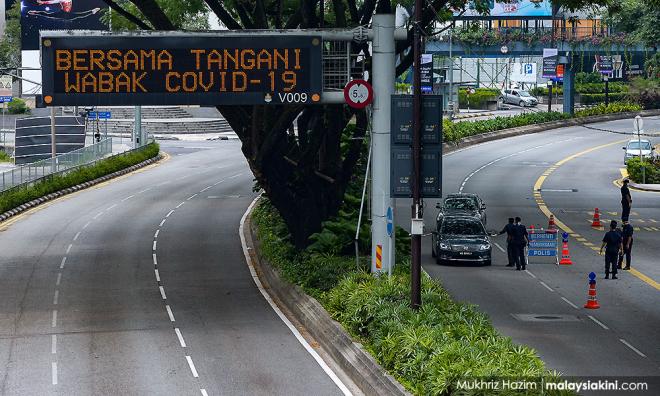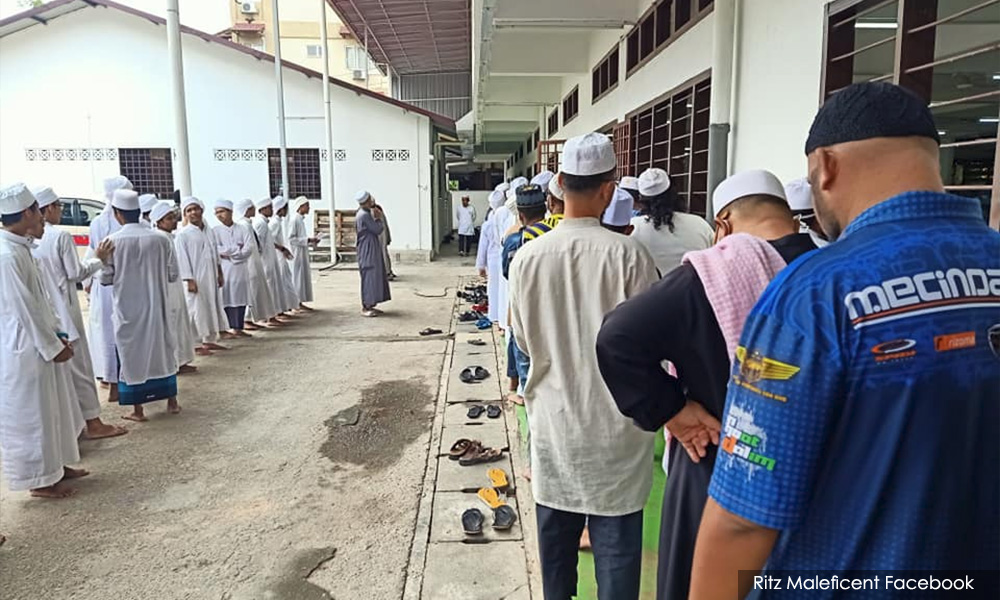
CORONAVIRUS | Epidemiologist Dr Awang Bulgiba Awang Mahmud said the movement control order (MCO) will have to be extended four more weeks in order for it to be effective.
The Universiti Malaya professor told NST that this was necessary because of the several mass gatherings which took place recently.
This included the still untraceable people who attended the religious gathering in Sri Petaling, Kuala Lumpur earlier this month, a religious festival in Teluk Bahang, Penang on March 8, the cancelled religious gathering in Makassar, Indonesia and those who took part in the exodus from Klang Valley before the MCO was enforced on March 18.
"We need six weeks. The 14-day MCO may be inadequate. If it is successful and we see a decline in new infections, we still need to extend it as we want the numbers to come down to zero or a number that is small and manageable.
"And that is not going to happen in two weeks," he said.
Awang Bulgiba, who is attached to UM's Department of Social and Preventive Medicine, said it was too early to claim that the number of Covid-19 infections were plateauing.
He said the second wave of infections were a result of the concerted efforts to locate and test those who attended the religious event in Sri Petaling.

"Now that the numbers seem to have stagnated, the new infection rate is expected to plateau for a few days. But at this juncture, it's premature to say so.
"If you follow the example of China, even when cases fell to zero, they waited for 14 days before they declared it was over because new clusters may emerge that are asymptomatic.
"They have to wait until the incubation period is over and no new cases appear. We just have to wait and see," he said.
He said authorities must also locate and test those who attended the religious event in Teluk Bahang, which was reportedly attended by 30,000 people.
"All of them have to be traced. We have to break the chain of transmission.
“If there are 30,000 people and we go by the conservative estimate that five per cent of them are infected, that is 1,500, and under the reproductive rate of the virus, this could infect another 3,000 people (in the second generation).
"This is a conservative estimate for the (Sri Petaling) gathering, where the infection rate was 10 percent based on its batch of samples," he said. - Mkini



No comments:
Post a Comment
Note: Only a member of this blog may post a comment.